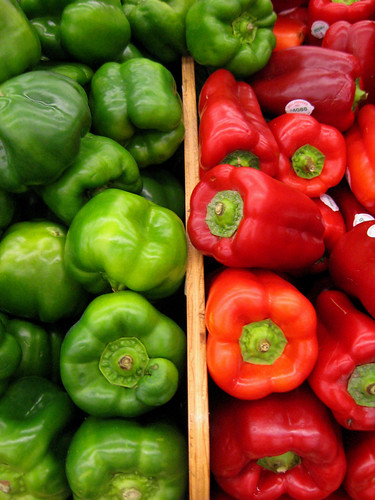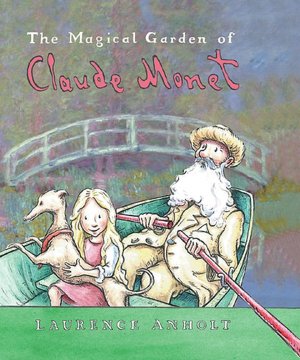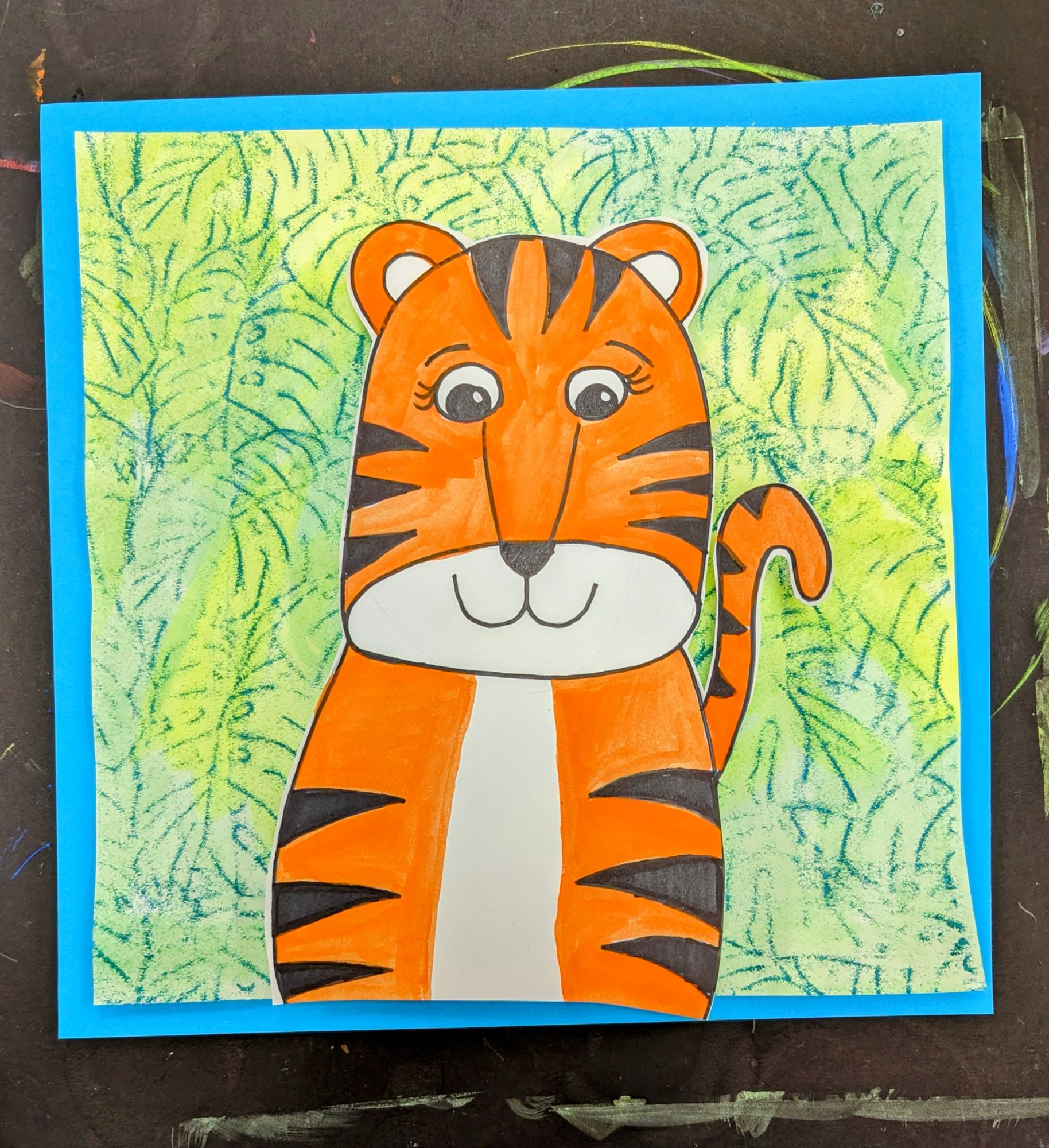For this lesson students focused on the art element of space.
We explored this by creating fantasy trees.
I first showed students my example of the project they will be doing, and simply asked the question, "What do you see?"
After a few minutes of discussing we came up with two things:
1. The trees are changing size going from large to small.
2. The trees are overlapping, you never see a full tree.
Two ways to create space are through size and overlapping, which we used to do this project.
We started by drawing a diagonal line across the page. This line acted as a guide to keep our trees in a row. I then handed out a sheet that had creative ways to draw trees on them given to me by a fellow art teacher. Students were asked to design a tree with an interesting shape and pattern. We talked a little bit about reality vs fantasy and how we identify our trees as trees, but they are not realistic. Students were instructed to draw that tree on that line starting large and drawing them small until they ran out of space. We then made that line into a road and students could add a mountain, hill, moon, or sun in the background.
To add color we used water color. We discussed warm and cool colors and how those colors can help us identify a season, a particular temperature, or time of day. Students were instructed to either use warm colors on the sky and cool colors on the ground and vice versa.








































































































